When I looked, I knew I might never again see so much of the
earth so beautiful, the beautiful being something you know added to something
you see, in a whole that is different from the sum of its parts. What I saw
might have been just another winter scene, although an impressive one. But what
I knew was that the earth underneath was alive and that by tomorrow, certainly
by the day after, it would be all green again. So what I saw because of what I
knew was a kind of death with the marvelous promise of less than a three-day
resurrection.
I had as yet no notion that life every now and then becomes
literature—not for long, of course, but long enough to be what we best
remember, and often enough so that what we eventually come to mean by life are
those moments when life, instead of going sideways, backwards, forward, or
nowhere at all, lines out straight, tense and inevitable, with a complication,
climax, and, given some luck, a purgation, as if life had been made and not
happened.
For a scientist, this is a good way to live and die, maybe
the ideal way for any of us - excitedly finding we were wrong and excitedly
waiting for tomorrow to come so we can start over.
What I really like to do is wander aimlessly in the city. I
like to walk the streets by day and by night. It is more than a liking, a
simple liking—it is an aberration. Every so often, for example, around nine in
the morning, I climb out of the subway and head toward the office building in
midtown Manhattan in which I work, but on the way a change takes place in me—in
effect, I lose my sense of responsibility—and when I reach the entrance to the
building I walk right on past it, as if I had never seen it before. I keep on
walking, sometimes for only a couple of hours but sometimes until deep in the afternoon,
and I often wind up a considerable distance away from midtown Manhattan—up in
the Bronx Terminal Market maybe, or over on some tumbledown old sugar dock on
the Brooklyn riverfront, or out in the weediest part of some weedy old cemetery
in Queens. It is never very hard for me to think up an excuse that justifies me
in behaving this way (I have a great deal of experience in justifying myself to
myself)—a headache that won’t let up is a good enough excuse, and an unusually
bleak and overcast day is as good an excuse as an unusually balmy and
springlike day. Or it might be some horrifying or unnerving or humiliating
thought that came into my mind while I was lying awake in the middle of the
night and that keeps coming back—some thought about the swiftness of time in
its flight, for example, or about old age itself, or about death in general and
death in particular, or about the possibility (which is far more horrifying to
me than the possibility of a nuclear war) that after death many of us may find
out (and quite rudely, too, as a friend of mine who was lying on his deathbed
in a hospital at the time once remarked) that the eternal and everlasting
flames of Hell actually exist.
Another thing I like to do
is to get on a subway train picked at random and stay on it for a while and go
upstairs to the street and get on the first bus that shows up going in any
direction and sit on the cross seat in back beside a window and ride along and
look out the window at the people and at the flowing backdrop of buildings.
There is no better vantage point from which to look at the common, ordinary
city—not the lofty, noble silvery vertical city but the vast, spread-out,
sooty-gray and sooty-brown and sooty-red and sooty-pink horizontal city, the
snarled-up and smoldering city, the old, polluted, betrayed, and
sure-to-be-torn-down-any-time-now city. I frequently spend an entire day riding
on New York City buses, getting off at junction points and changing from one
line to another as the notion strikes me and gradually crisscrossing whatever
part of the city I happen to be in. I might ride in a dozen or fifteen or
twenty different buses during the day.
Ever since I came here, I have been fascinated by the
ornamentation of the older buildings of the city. The variety of it fascinates
me, and also the ubiquity of it, the overwhelming ubiquity of it, the almost
comical ubiquity of it. In thousands upon thousands of blocks, on just about
any building you look at, sometimes in the most unexpected and out-of-the-way
places, there it is. Sometimes it is almost hidden under layers of paint that
took generations to accumulate and sometimes it is all beaten and banged and
mutilated, but there it is. The eye that searches for it is almost always able
to find it. I never get tired of gazing from the back seats of buses at the
stone eagles and the stone owls and the stone dolphins and the stone lions’
heads and the stone bulls’ heads and the stone rams’ heads and the stone urns
and the stone tassels and the stone laurel wreaths and the stone scallop shells
and the cast-iron stars and the cast-iron rosettes and the cast-iron medallions
and the clusters of cast-iron acanthus leaves bolted to the capitals of
cast-iron Corinthian columns and the festoons of cast-iron flowers and the
swags of cast-iron fruit and the zinc brackets in the shape of oak leaves
propping up the zinc cornices of brownstone houses and the scroll-sawed bargeboards
framing the dormers of decaying old mansard-roofed mansions and the terra-cotta
cherubs and nymphs and satyrs and sibyls and sphinxes and Atlases and Dianas
and Medusas serving as keystones in arches over the doorways and windows of
tenement houses.
There are some remarkably silly-looking things among these ornaments, but they are silly-looking things that have lasted for a hundred years or more in the dirtiest and most corrosive air in the world, the equivalent of a thousand years in an olive grove in Greece, and there is something triumphant about them—they have triumphed over time and ice and frost and heat and humidity and wind and rain and brutally abrupt temperature fluctuations and rust and pigeon droppings and smoke and soot and sulfuric acid, not to speak of the perpetual nail-loosening and timber-weakening and stone-cracking and mortar-crumbling vibration from the traffic down below. Furthermore, they have triumphed over profound changes in architectural styles. I revere them. To me, they are sacred objects. The sight of a capricious bit of carpentry or brickmasonry or stonemasonry or blacksmithery or tinsmithery or tile setting high up on the façade of a building, executed long ago by some forgotten workingman, will lift my spirits for hours.
There are some remarkably silly-looking things among these ornaments, but they are silly-looking things that have lasted for a hundred years or more in the dirtiest and most corrosive air in the world, the equivalent of a thousand years in an olive grove in Greece, and there is something triumphant about them—they have triumphed over time and ice and frost and heat and humidity and wind and rain and brutally abrupt temperature fluctuations and rust and pigeon droppings and smoke and soot and sulfuric acid, not to speak of the perpetual nail-loosening and timber-weakening and stone-cracking and mortar-crumbling vibration from the traffic down below. Furthermore, they have triumphed over profound changes in architectural styles. I revere them. To me, they are sacred objects. The sight of a capricious bit of carpentry or brickmasonry or stonemasonry or blacksmithery or tinsmithery or tile setting high up on the façade of a building, executed long ago by some forgotten workingman, will lift my spirits for hours.

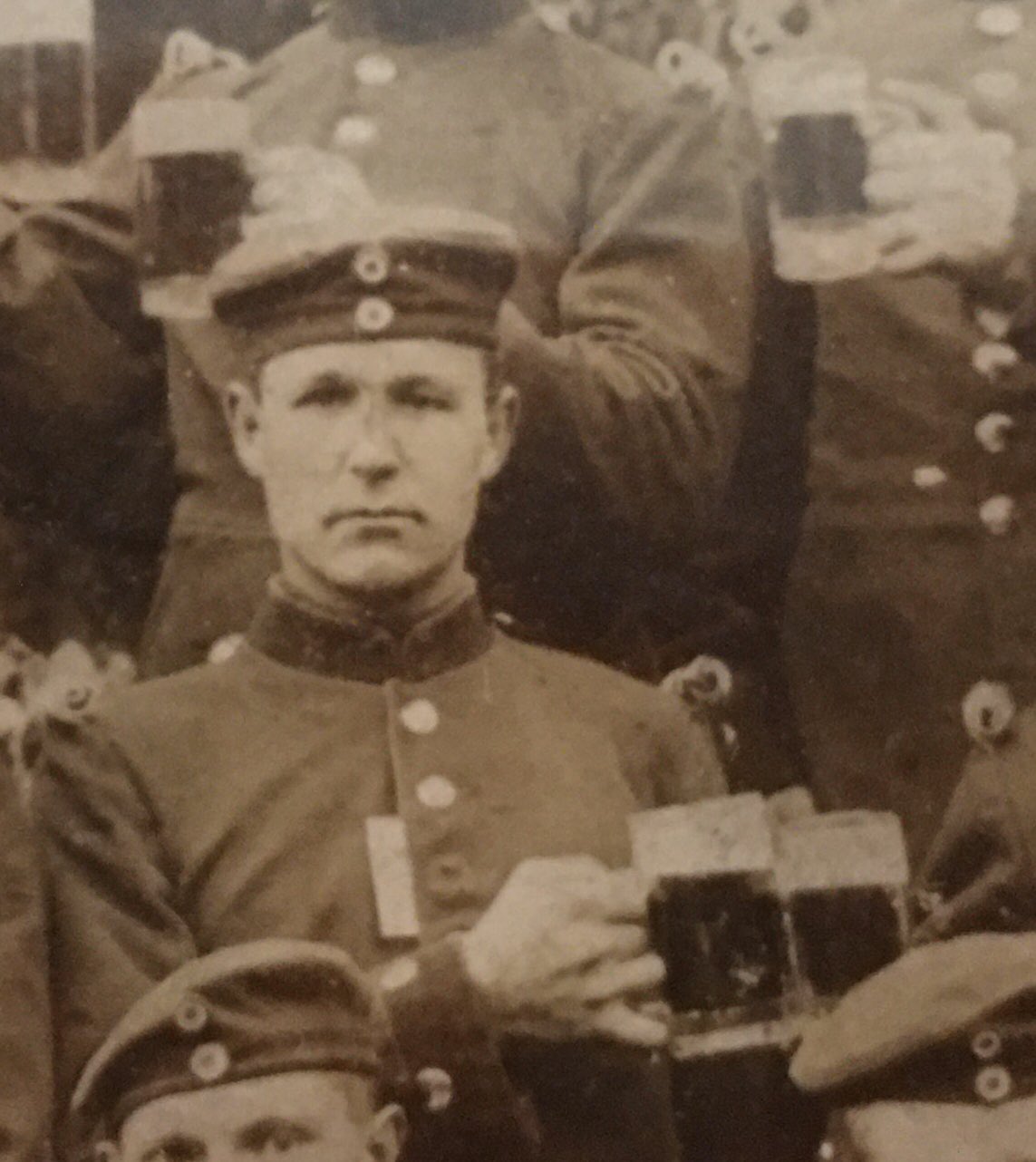








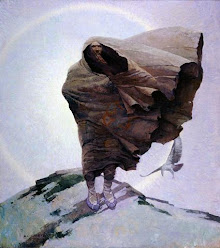













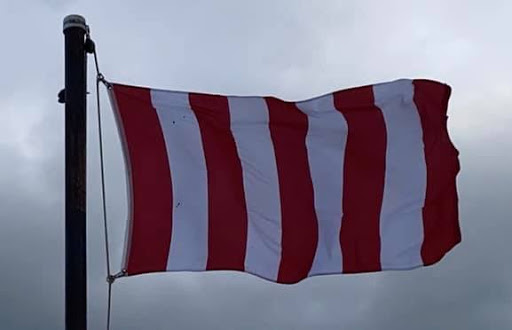
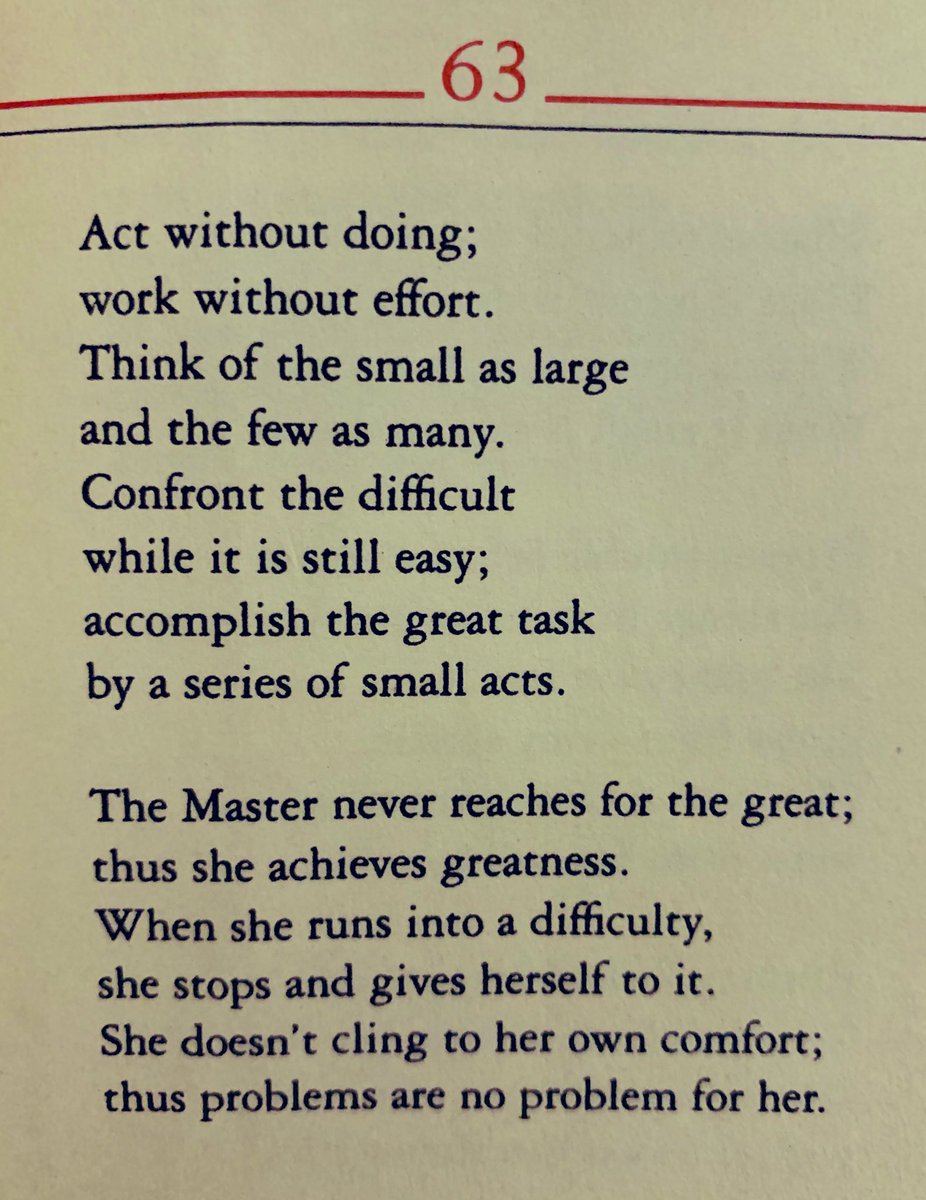









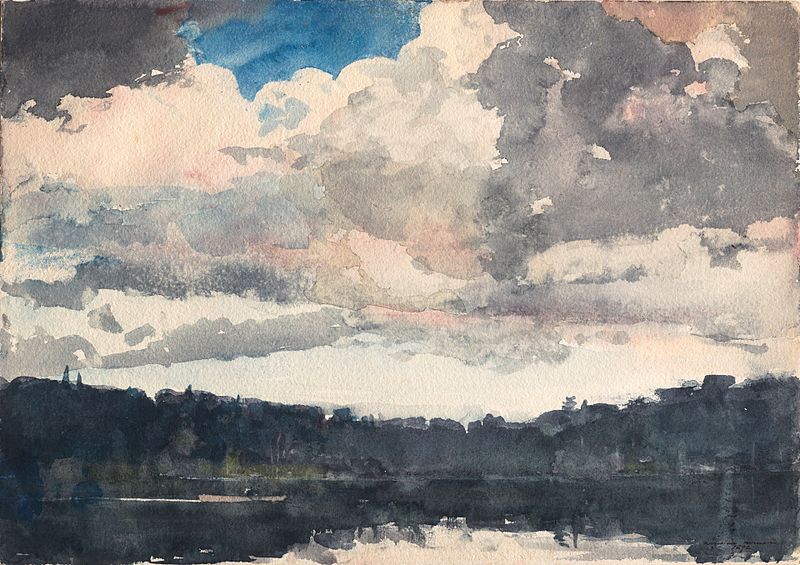





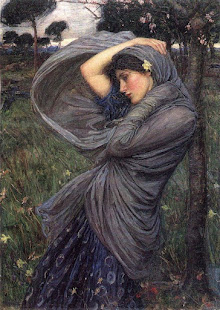












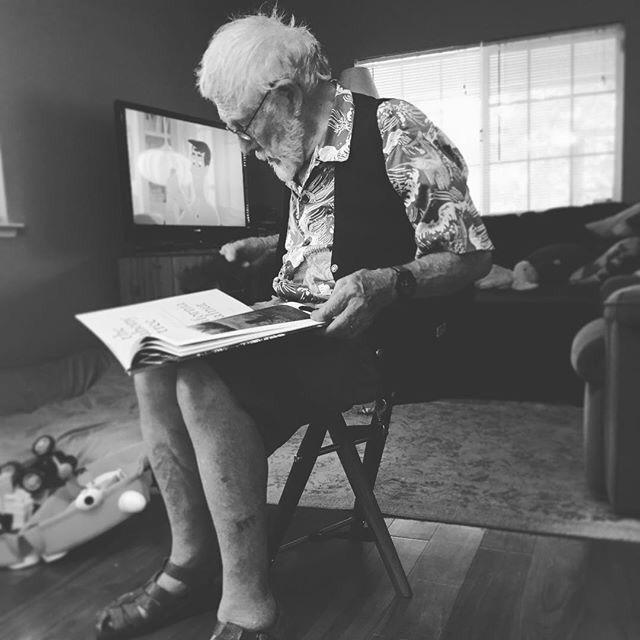








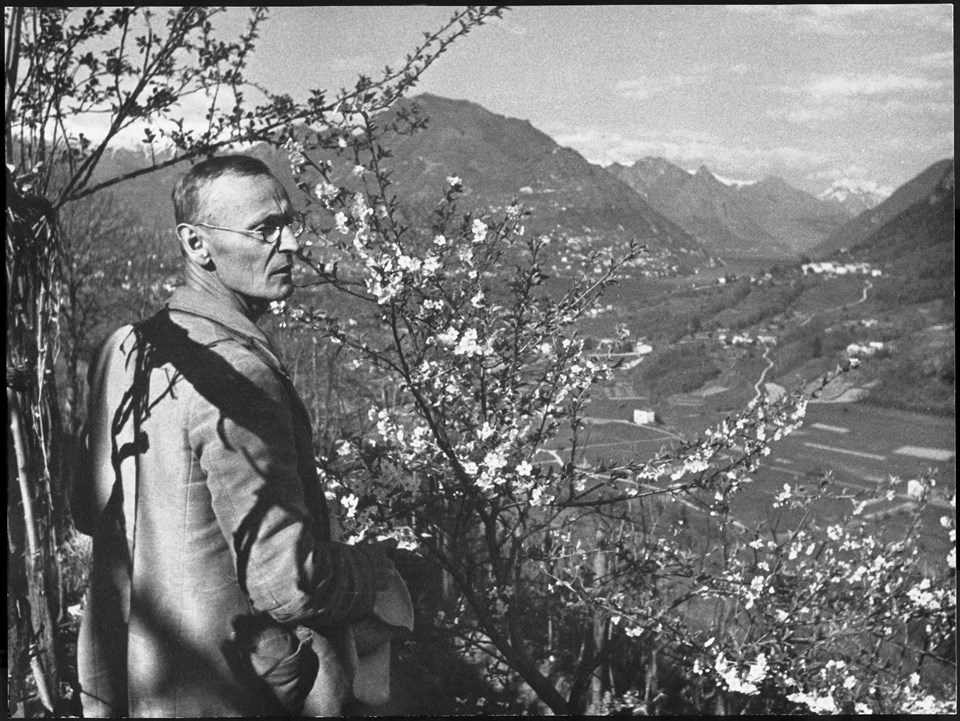


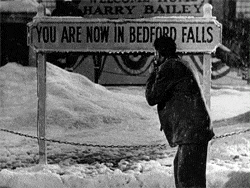







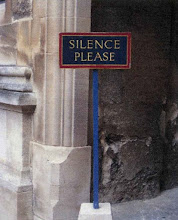









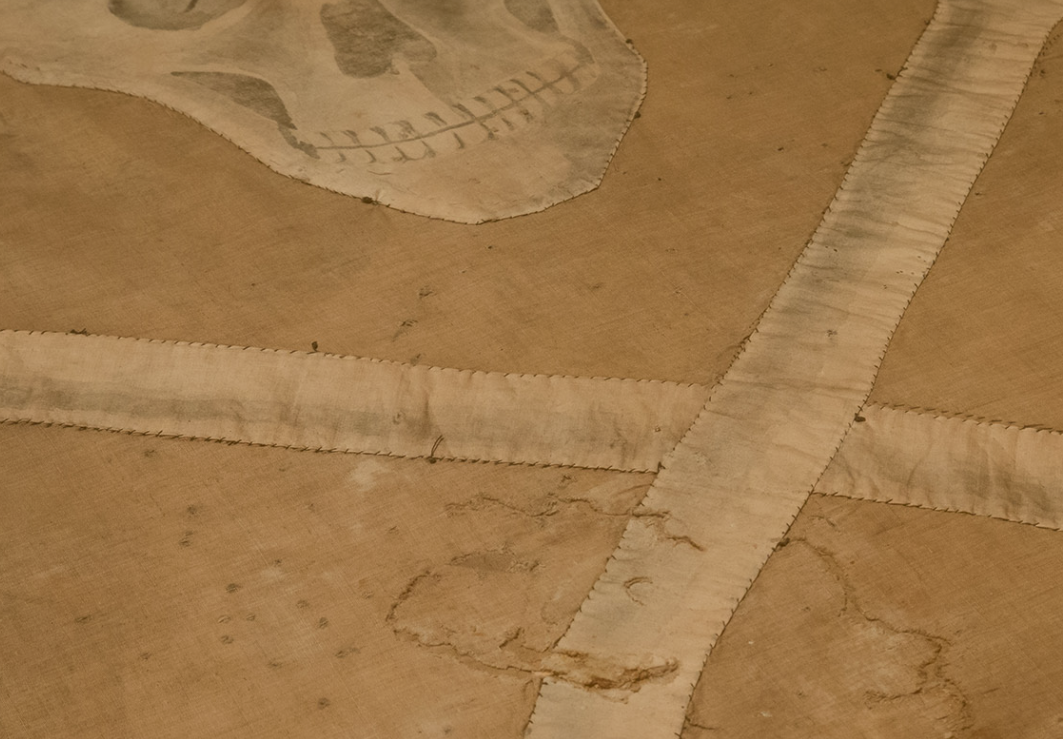

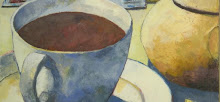
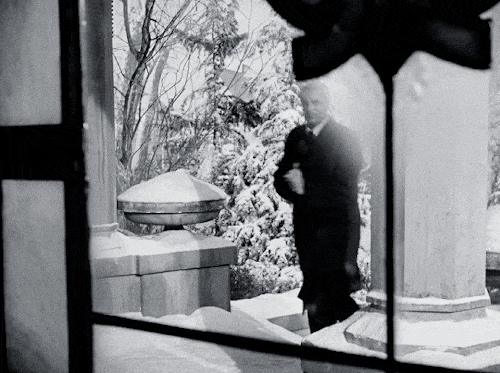





















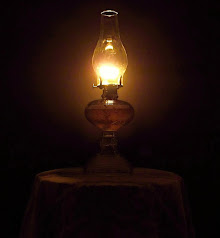



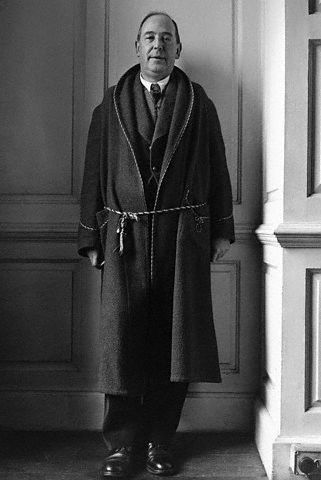



No comments:
Post a Comment